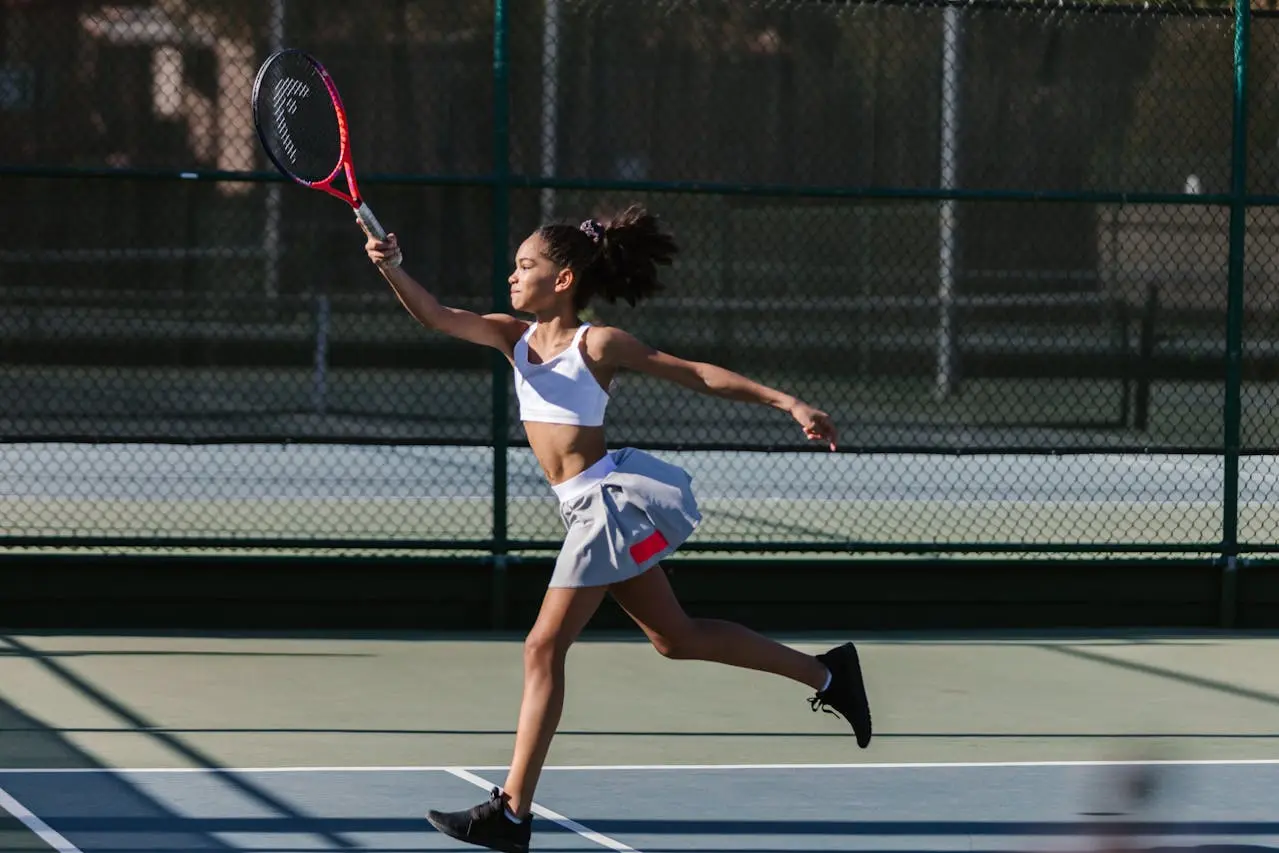How Can I Be Confident When I Feel Anxious?
When we talk about self-confidence, we usually think of it as a feeling of certainty or assurance; an absence of fear, anxiety, self-doubt and negative thoughts about failure. However, there is another definition of confidence, and according to this, confidence is not a feeling. It is an act of trust. When it comes to performance, I prefer using the second definition, and here is why.

When we talk about self-confidence, we usually think of it as a feeling of certainty or assurance; an absence of fear, anxiety, self-doubt and negative thoughts about failure. However, there is another definition of confidence, and according to this, confidence is not a feeling. It is an act of trust. When it comes to performance, I prefer using the second definition, and here is why.
The brain’s alarm system: the amygdala
Our brain works to keep us safe, help us get what we want, and avoid what we don’t want. That is the default setting. Consequently, it is constantly on the lookout for danger, constantly analysing the environment and the situation we are in.
When our threat detector, the amygdala, senses any kind of physical danger, it sends messages to different parts of the brain to activate the so called ‘fight or flight response’. The amygdala is quick to judge; as soon as it detects danger, it sends the signal. This causes our body to be flooded with stress hormones (adrenaline and cortisol), and we experience some physiological changes such as increased heart rate and faster breathing. We also experience emotions like fear and anxiety. The fight or flight response prepares the body to confront the threat or escape from it.
Amygdala in the sporting context
However, the amygdala reacts not only to physical but also to psychological danger. But what counts as psychological danger?
As I mentioned earlier, our brain wants to help us get what we want and avoid what we don’t want. In a sport or performance context, things we might want include winning, achieving a personal best, delivering a strong performance or making our family proud. Things we might want to avoid include making mistakes, getting injured or letting our teammates or family down.
The more challenging the competition is or the better our opponents are, the greater the perceived risk of not getting what we want. That’s when the amygdala is more likely to sound the alarm.
Confidence as an act of trust
This brings us back to why I prefer using the second definition of confidence – as an act of trust – to the first one that describes it as a feeling of certainty and a lack of anxiety.
When you’re facing a competition that really matters to you and you feel under pressure, I can promise you that your amygdala will respond. You will experience some physiological changes. You will feel anxious or afraid. You will have self-doubt. You will have difficult thoughts. And it is completely normal.
So if you don’t feel absolutely certain or assured (or as we tend to call it ‘confident’) before a competition, know that there’s nothing wrong with you. Despite the difficult thoughts and feelings, you can still trust yourself to do your job and execute your skills. That’s the kind of confidence I aim to develop in the athletes I work with.
A tool to help: Dropping anchor
What can get in the way is when our fight or flight response is activated and we get overly focused on our inner experiences (e.g., thoughts, emotions, sensations). We might get stuck in our heads, trying to get rid of these uncomfortable thoughts and feelings. This pulls our attention away from what we need to do in the competition.
A helpful skill I like to teach athletes is called ‘Dropping anchor’. It helps them take a step back and refocus on what is important in that moment.
How to drop anchor:
1. Acknowledge and name the sensations, emotions and thoughts that are showing up. For example:
- “Here is anxiety”
- “Here is amygdala trying to save my life”
- “I notice the ‘I am going to fail’ thought
2. Connect with your body. Stretch, move your toes or fingers around or take some belly breaths.
3. Engage with your environment. Look around and notice:
- five things you can see
- four things you can hear
- three things you can touch
- two things you can smell
- one thing you can taste
Repeat this cycle a few times until you feel more present and in control of your actions. Then, refocus your attention on the task at hand.
Next time your amygdala sounds the alarm before a competition, remind yourself that your experiences are normal no matter how long you’ve been doing your sport or what level you’re at. Drop anchor and remember:
Confidence isn’t the absence of fear, it’s choosing to trust yourself despite it.